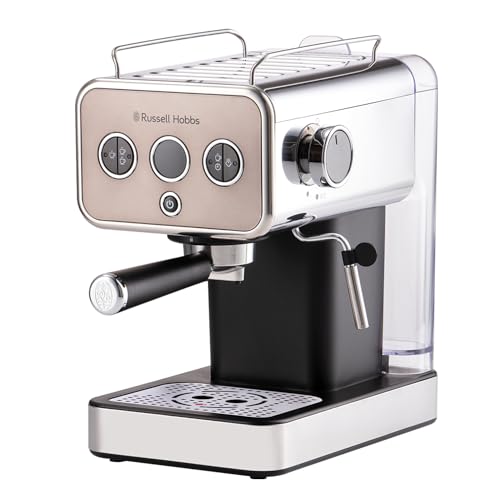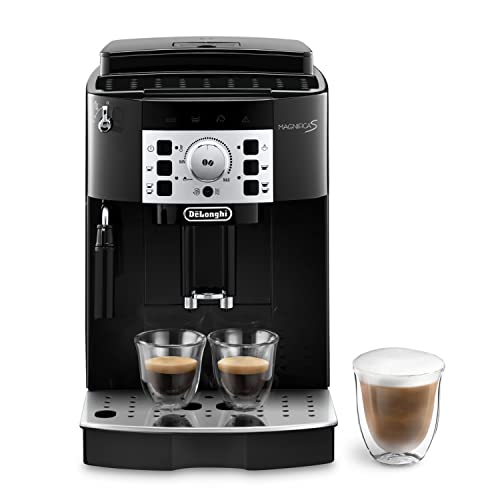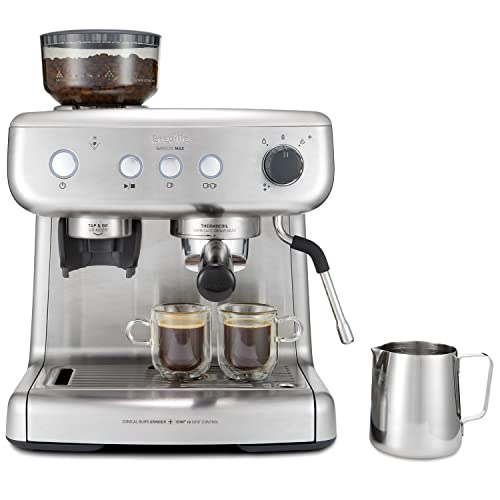Why Choose a Small Blender?
Space-Saving Convenience
Choosing a small blender is ideal for those of us with limited kitchen space. If your countertop is cluttered or you’re just starting your cooking journey, a compact blender fits neatly into any cupboard or drawer, making it easy to store away when not in use. Moreover, they tend to be lighter, so you can easily take them out whenever you need to whip up a quick smoothie or sauce.
Perfect for Smoothies and Small Batches
Small blenders excel at creating smoothies and small batches of sauces, dips, and salad dressings. If we’re in a hurry in the morning, a quick blend of our favourite fruits or leafy greens is at our fingertips. This efficiency means minimised food waste, as we’re only blending what we need.
Cost-Effective Kitchen Appliance
When we’re on a budget, a small blender can provide significant savings. Typically, these models are more affordable both in the initial outlay and, often, in energy consumption compared to larger counterparts. This makes them an excellent starting point for anyone looking to incorporate blending into their cooking routine without making a hefty financial commitment.
Versatile Uses Beyond Smoothies
Beyond just smoothies, a small blender can tackle many tasks, from grinding spices and making nut butter to pureeing soups and emulsifying vinaigrettes. We can experiment with different recipes and cooking styles, making it a versatile addition to our kitchen tools.
Key Features to Consider When Buying a Small Blender
Power and Motor Strength
When we’re selecting a small blender, consider the wattage. A higher wattage typically means a stronger motor, which can handle tougher ingredients like ice or frozen fruits with ease. Opt for models with at least 300 watts for a good balance between power and efficiency, especially if we plan on using it for diverse recipes.
Blender Jar Size and Material
The size of the blending jar matters, too. Most small blenders offer jars ranging from 0.5 to 1.5 litres. If we’re mostly preparing single servings or small quantities, a smaller jar will suffice. However, consider the material; glass jars are sturdier and often easier to clean, while plastic jars are lightweight and less likely to break.
Ease of Cleaning
We should prioritise models that offer easy cleaning options. Some blenders have detachable blades or are dishwasher safe, significantly reducing our cleaning time. Sealed jars that prevent leaks can also mean less mess during our blending adventures.
Speed Settings and Functions
Different speed settings can enhance our blending experience. Basic models usually come with one or two speeds, while more advanced options offer pulse settings and pre-programmed functions for specific tasks. If versatility is key for us, look for a blender that allows us to adjust the speed according to what we’re blending.
Safety Features
Safety features can enhance our blending experience. A model with a safety lock prevents the blades from spinning unless the lid is securely in place. This is particularly helpful when using powerful blenders and promotes safe operation, especially in busy kitchens.
How to Use a Small Blender for Various Recipes
Making Nutrient-Packed Smoothies
To make a delicious smoothie, start by adding your choice of base liquid—such as milk, juice, or yogurt—followed by the fruits or vegetables you love. For an extra nutrient boost, toss in some greens or seeds. Blend until smooth, ensuring the liquid covers the ingredients for optimal mixing.
Creating Savoury Sauces and Dips
Savoury sauces can be a breeze with our small blender. By adding olive oil, herbs, minced garlic, and a touch of vinegar or lemon juice, we can whip up a fresh pesto or a vibrant vinaigrette in seconds. For dips like hummus, blend chickpeas, tahini, garlic, and lemon juice until we reach our desired consistency.
Grinding Nuts and Seeds
If we want to incorporate homemade nut butters into our diets, we can easily grind raw nuts and seeds using a small blender. Just add a handful of nuts and blend on high, pausing to scrape down the sides as necessary. The result will be a fresh and creamy spread perfect for breakfast.
Pureeing Soups
For pureed soups, blend cooled soup directly in the blender until smooth; this is a fantastic way to create creamy, velvety textures without a stove. Be sure to let soups cool a little beforehand to prevent splatters.
Top Small Blenders on the Market: Our Recommendations
Nutribullet Pro
The Nutribullet Pro is a standout for its powerful motor and easy-to-use design. It effortlessly blends a variety of ingredients and comes with multiple cup sizes for on-the-go convenience, making it perfect for busy lifestyles.
Tower T12019RBD
The Tower T12019RBD offers a great balance of power and affordability. With intuitive controls and a detachable blade unit, cleaning becomes a breeze, allowing us to focus more on enjoying our creations.
Breville BSB510XL Control Grip
The Breville Control Grip is fantastic for those who love soups and purees. Its immersion blending feature means we can blend directly in our pots, saving time and hassle with transfers.
Hamilton Beach Personal Blender
The Hamilton Beach Personal Blender is great for budget-conscious shoppers. It’s compact yet retains impressive blending capabilities, making it an excellent choice for smoothies or small quantities of sauces.
Easy Maintenance Tips for Your Small Blender
Regular Cleaning After Use
After each use, we should clean our blender immediately to prevent any stubborn residues from setting. A quick rinse with warm soapy water usually does the trick for most jars, while a thorough wash in the dishwasher can be reserved for deeper cleans.
Avoiding Hard Ingredients
To maintain our blender’s performance, it’s best to avoid blending particularly hard objects like whole nuts or frozen ice cubes unless the product specifies its suitability for such tasks. This helps us preserve the blades’ sharpness and the motor’s functionality.
Storing Safely
When storing our small blender, it’s wise to keep the jar and lid together in a clean and dry area to avoid dust accumulation. Additionally, removing the blades and cleaning them regularly can prevent rusting and ensure longevity.
Checking Electrical Cords and Connections
Periodically, we should inspect the blender’s electrical cords and connections for any signs of wear. Ensuring these components are in good working condition helps us avoid any unexpected issues during use.



























